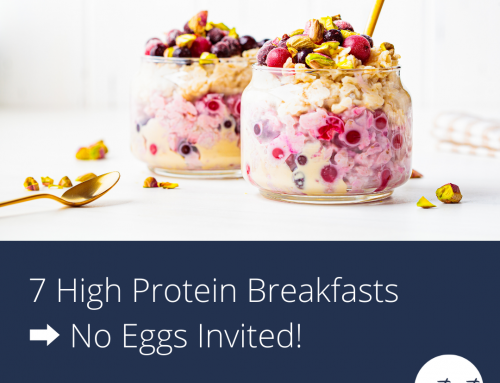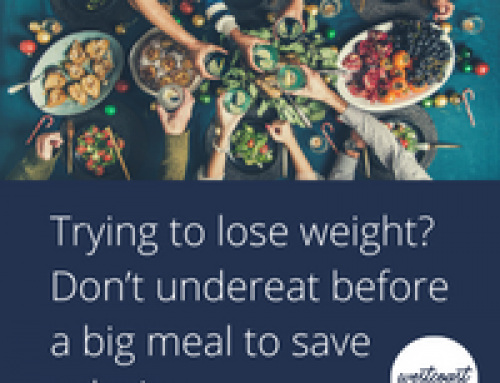Getting a variety of nutrients through food is key to improve energy, fat loss, and immune health – but it doesn’t have to be complicated. One of the biggest questions I’ve been getting lately has been what foods to eat for immune health, and the answer lies in getting enough colour! (We also did a full post on some of these key nutrients, find it here)
We’ll chat about:
- Why it’s important
- What colours we’re aiming for
- Recipes to give you some meal planning inspo
In an industry obsessed about counting macros and tracking numbers, the importance of quality is SO often overlooked. If you’re not seeing better health, energy, or progress following a macros style plan (or even if you are, in order for results to be sustainable and healthy) you likely need to take a good look at the unsung heroes of our diet, micro-nutrients. Vitamins, minerals and anti-oxidants are the keys that open every door of every chemical pathway from fat oxidation, to immune response, to cell repair.
The easiest way to make sure you’re getting your key nutrients without spending hours obsessing about it? Colour! Some nutrients (like superhero Magnesium) are colour coded, while others might be hard to find – by getting variety in colours each week you help span the key vitamins, minerals, and anti-inflammatory phytonutrients that support every process in your body.
Goal: Aim for 2-3 Colours Daily
This helps you get more of the key anti-oxidant nutrients, vitamins and minerals AND some bonus ones like fibre. Having diverse sources of fibre is almost as important to a strong and resilient digestive system as how much fibre you eat. Variety ticks this box without you having to stress about it.
Blue/purple/deep red plants contain a type of anthocyanin that gives them their bluish colour and provides a potent anti-oxidant benefit. Anti-oxidants are like the body’s clean up crew and police force in one, kicking off mechanisms to clean up damaging molecules called free radicals that can contribute to damaged cells if left unchecked.
- Blueberries
- Blackberries
- Strawberries
- Plums and prunes
- Purple and red grapes
- Cherries
- Cranberries
- Eggplant
- Red onions (all around more potent than their sweet or white onion cousins)
- Beets
Red/Orange plants are rich in Carotenoids which have both anti-oxidant and anti-inflammatory functions. They help the immune system, reduce damage to DNA of cells (which seems to have a protective effect from certain cancers in the research), and help keep your eyes healthy!
- Tomatoes (cooked and fresh – cooked or sundried tomatoes are actually higher in active lycopene)
- Red and orange bell peppers
- Oranges
- Grapefruit
- Winter Squash (like acorn and butternut)
- Yams/sweet potatoes
- Apricots
- Pumpkin (the puree makes a great pasta sauce)
- Carrots
- Papaya
- Cantaloupe
Dark/bright green:
We dove deeper into this group last week, you can find the full article here.
Side note: Don’t avoid the white/brown veggies. Cauliflower, mushrooms, onions and garlic are all potent sources of key nutrients – just not the coloured ones. Continue to include them in your plan!
Some Recipes To Get More Colour On Your Plate
I am a sauce girl, hands down. Here are some fun ones to pump up the nutrients on your plate and add some zing. Use them to drizzle on pasta (regular or zucchini), bowls, or over roasted chicken.
- Roasted Red Pepper (using jarred pre-roasted)
- Roasted Red Pepper (from scratch, vegan and GF)
- My personal fave: Chimichurri
- Pumpkin sage sauce (use cornstarch and whatever milk/cheese you have on hand!)
- Fresh salsa
And some other recipes that highlight ways to sneak in red/orange or blue/purple/red foods!
- Sundried tomato frittata (I double the spinach and tomatoes for flavour and nutrients, and just use whole eggs)
- Blueberry and spinach salad to hit 2 groups in one go!
- Ina Garten’s roasted beets are lovely on their own, or sliced up on a salad
- Chicken Fajita Stuffed Peppers
- I’m a picky eggplant eater, but grilled and drizzled with a balsamic reduction is SO yummy! Perfect Grilled Eggplant
- Mango and Kale (spinach works too) green smoothie – frozen mango gives the same creamy texture as frozen banana but with more flavour and nutrients
- Roasted tomatoes – a great way to use those early season ones that aren’t quite flavourful yet (or the aging cherry tomatoes sitting on your counter). This one is long cooking, but low fuss and so delicious!
- I’ve got a similar recipe on one of our meal plans – Blueberry and mint smoothie (I’d up the mint here for extra flavour and nutrition)
Feeling a bit dazed by all the options? Start with your meal plan, and see what meals could accommodate an extra veggie or new colour. Eating well can be simple and still delicious!
Are you already an expert level veggie eater? Try experimenting with a new one every couple weeks to both amp up nutrients and variety, but also give your tastebuds a break from old standbys.
I hope you are having an awesome week despite everything happening – and finding a way to keep your health and habits part of your daily routines. I know it can be tough sometimes!
Need some help getting your meals for the week balanced and prepared? If you’d like to receive our free Meal Planning Getting Started Guide AND get in on our weekly emails about all things nutrition so you can get clarity and confidence on what you’re eating, join us here!







